Welcome to Mexico Custom Homes
1902 Wright Pl Ste.200
Carlsbad, CA, 92008
Send Your Mail At
Working Hours
Mon-Sat:9.30am To 7.00pm
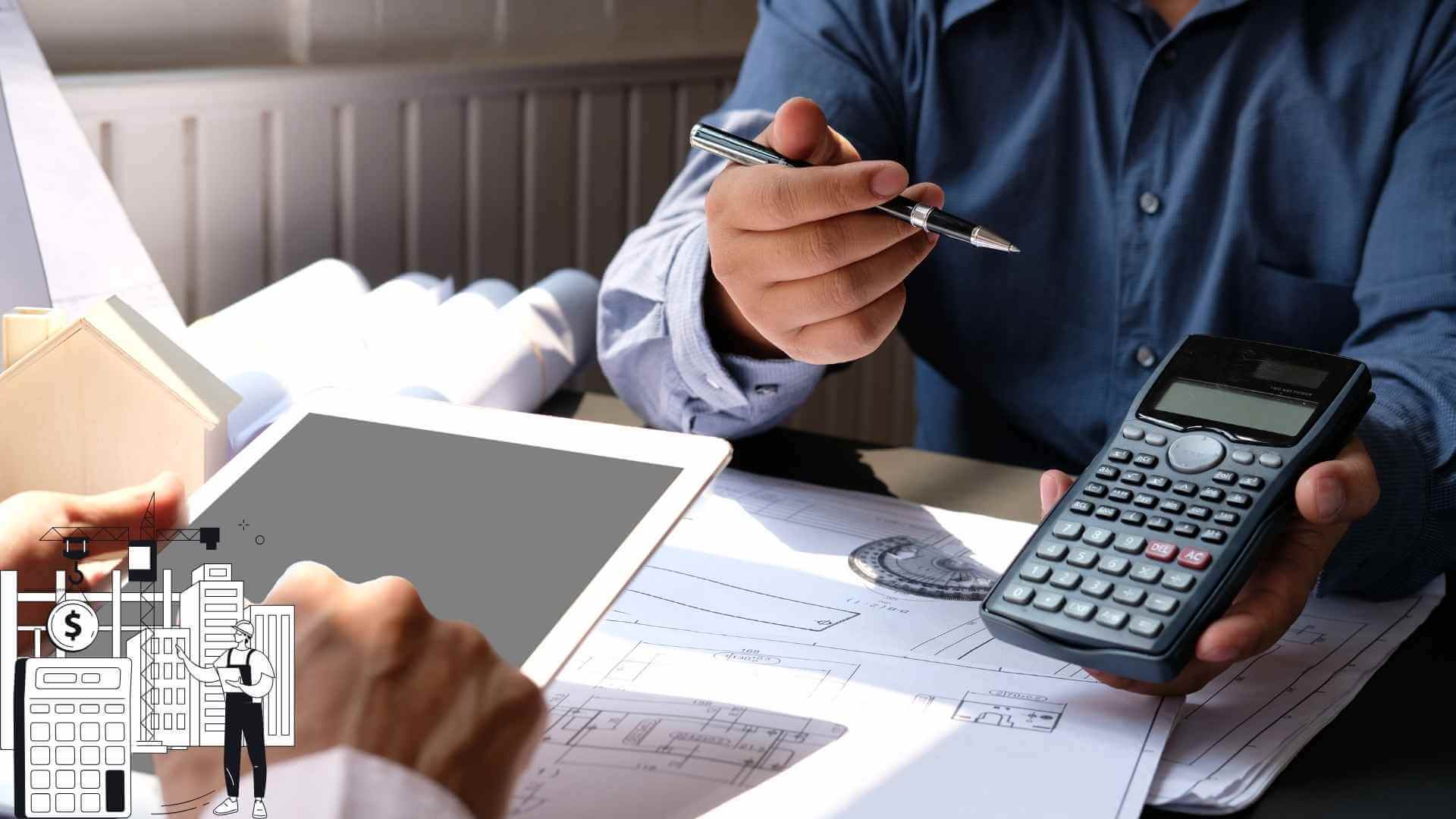
- 0 Comments
- By Xeeshan
Understanding the Factors Influencing Construction Costs in Mexico
Constructing a building in Mexico involves navigating a complex landscape of economic, environmental, and regulatory factors that collectively determine the overall expenses. For developers, investors, and homeowners, comprehending these elements is essential for effective budgeting and successful project execution.
This comprehensive guide explores the primary influences on construction costs in Mexico, offering insights to facilitate informed decision-making.
The Economic and Environmental Factors Behind Construction Costs in Mexico
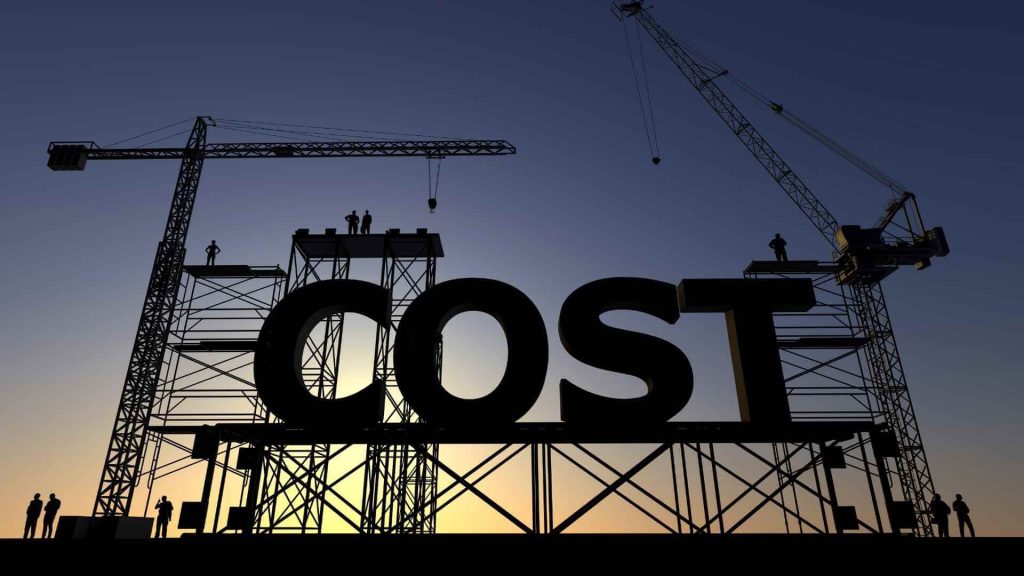
1. Economic Factors in Construction
Economic conditions are fundamental in shaping construction expenses. Fluctuations in inflation, currency exchange rates, and overall economic health can significantly impact the prices of materials and labor.
For instance, between January and May 2022, the Mexican Chamber for Housing Development and Promotion (CANADEVI) reported an accumulated inflation rate of 16.9% in construction material prices, affecting costs for materials like cement, sand, gravel, and tiles.
2. Building Materials
The choice of building materials is a significant determinant of construction costs. High-quality or imported materials can substantially elevate expenses. In coastal regions, materials resistant to humidity and salt are essential, influencing both durability and cost. Additionally, international factors and logistics can drive up prices for key construction materials, further impacting the budget.
3. Labor in Construction
Labor costs in Mexico are generally lower than in many North American countries. However, wages can vary based on region, skill level, and demand. In urbanized or coastal areas like Mazatlán, skilled labor may command higher rates due to increased demand.
Labor costs also depend on the construction timeline; rushed projects may incur higher expenses as contractors might need to bring in additional teams or work overtime.
4. Construction Regulations in Mexico
Compliance with local building codes and regulations is mandatory and can influence costs. Adhering to safety standards, environmental guidelines, and zoning laws may necessitate design adjustments or additional materials, thereby affecting the overall budget. It’s crucial to engage professionals familiar with local regulations to navigate this complex landscape effectively.
5. Permit and License Costs
Obtaining the necessary permits and licenses is an integral part of the construction process. Permit fees can vary significantly by region and project type. For example, in certain areas, permit costs average around $3,500 USD. It’s essential to budget for these expenses to avoid project delays and ensure compliance with local laws.
6. Housing Demand in Mexico

The demand for housing influences construction costs through its impact on material and labor availability. High demand can lead to increased prices for both, as suppliers and contractors adjust rates in response to market conditions. In popular tourist destinations like Cancun or Playa del Carmen, land and construction costs are higher due to increased demand and higher land prices.
7. Land Prices in Mexico
Land acquisition costs vary widely across Mexico. In popular coastal areas like the Riviera Maya, beachfront and near-beach plots typically command higher prices due to prime location and high demand. Land prices can range from $60 to $400 per square meter, depending on proximity to the coast and available infrastructure.
8. Impact of Climate on Construction
Mexico’s diverse climate zones necessitate specific construction approaches. In coastal regions, materials resistant to humidity and salt are essential, influencing both durability and cost.
Additionally, areas with rainy seasons may experience construction delays, affecting project timelines and expenses. Design elements that promote natural cooling can reduce long-term energy costs, balancing initial investments.
9. Increase in Material Costs
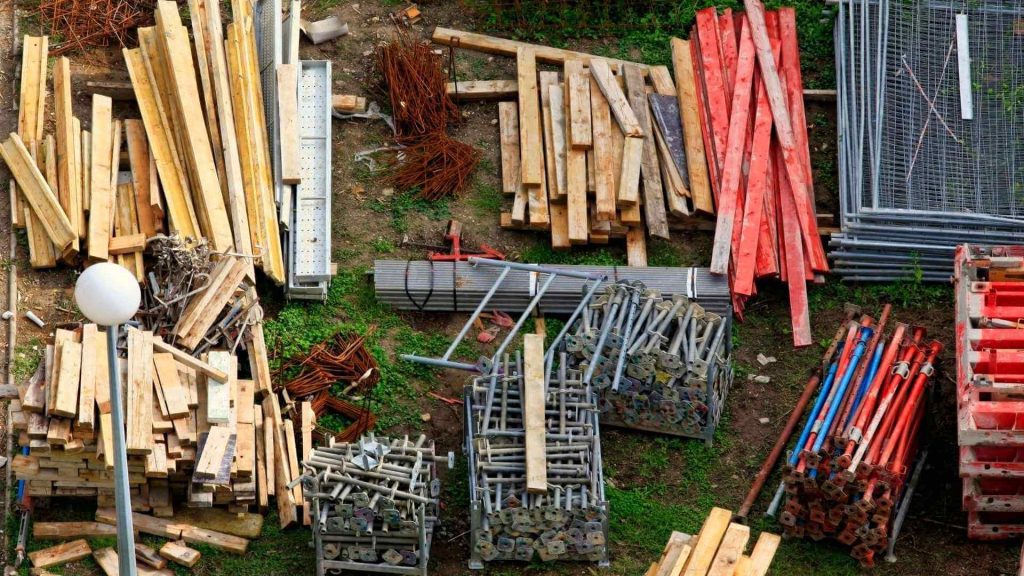
Global economic conditions, supply chain disruptions, and local demand can lead to fluctuations in material costs. For instance, international factors and logistics issues have driven up prices for key construction materials like cement, sand, gravel, and tiles, placing pressure on developers and impacting project budgets.
10. Political Factors in Construction
Political stability and government policies significantly affect construction costs. Changes in regulations, taxation, and public investment can influence the availability of resources and the overall economic environment, thereby impacting construction expenses.
The current administration’s policies, including infrastructure investment and nearshoring initiatives, have both positive and negative effects on the construction sector.
11. Foreign Investment in Construction
Foreign investment can drive demand for construction projects, influencing both material and labor costs. Increased investment often leads to heightened competition for resources, potentially escalating prices.
However, it can also lead to improved infrastructure and economic growth, which may offset some increased costs. The influx of nearshoring companies presents both opportunities and challenges for the construction industry.
12. Cost of Transporting Materials
Transportation costs are a crucial factor, especially in regions where materials need to be imported from distant suppliers. Fuel prices, road conditions, and logistical challenges can all contribute to higher transportation expenses, which are then passed on to the consumer.
Bringing utilities to the property can also be a significant cost, particularly for properties in remote areas or locations that aren’t fully developed.
13. Lack of Infrastructure
Inadequate infrastructure, such as roads, utilities, and communication networks, can hinder the construction process. Developers may need to invest in additional infrastructure development, increasing the overall project cost. In areas with limited access to utilities, extending services to the property can be expensive, adding to the budget.
14. Urban Development in Mexico
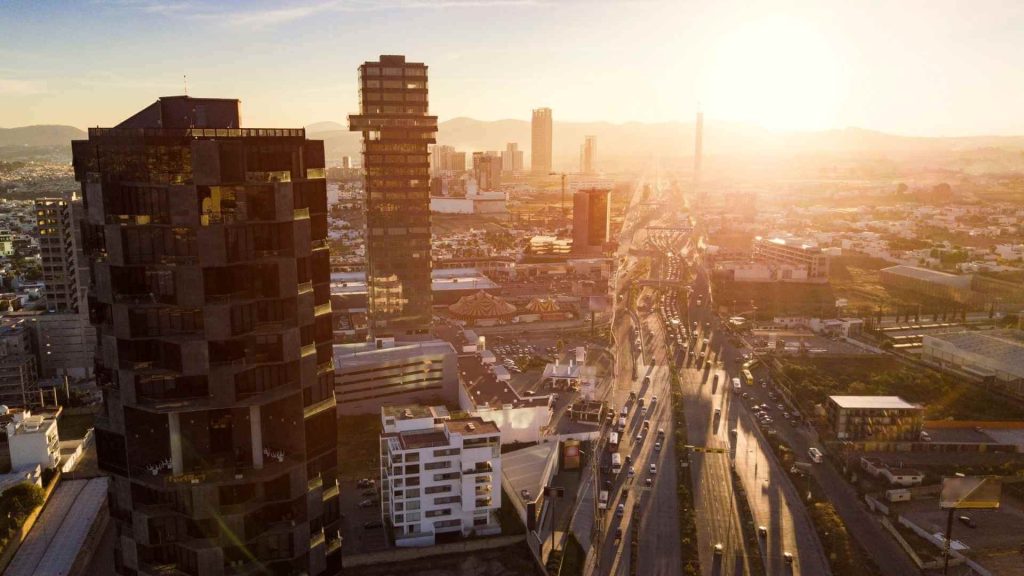
Urban development initiatives can influence construction costs by altering land values, introducing new regulations, and affecting the availability of materials and labor. As urban areas expand and modernize, developers may encounter both opportunities and challenges that impact their budgets. The construction of new manufacturing and industrial plants is a crucial driver of investment, influenced by nearshoring trends.
15. Energy Prices in Construction
Energy costs are a significant factor in the overall expenses of construction projects in Mexico. Fluctuations in energy prices can influence the cost of operating machinery, transporting materials, and manufacturing construction materials like cement and steel. For instance, electricity costs in Mexico can vary by region, with industrial zones typically having lower rates, while more remote areas may face higher prices.
In addition, the price of gasoline and diesel fuels, essential for transportation and heavy machinery, can be volatile and affect overall construction costs. Developers looking to reduce energy costs might also consider energy-efficient building methods or renewable energy options, although these may come with higher initial expenses.
16. Economic Growth in Mexico
The overall economic health of the country plays a vital role in determining construction costs. During periods of economic growth, the demand for construction materials and labor tends to increase, which may drive up prices. As Mexico continues to grow, particularly in urban areas, both the demand for housing and commercial real estate rises, putting pressure on the construction industry.
On the flip side, during economic downturns, lower demand can lead to reduced construction activity, potentially leading to cost reductions in materials and labor. However, the long-term impact of economic growth on construction costs can be positive, as increased investment often leads to improvements in infrastructure and efficiency, potentially lowering the overall cost of construction.
17. Sustainable Construction Projects

Sustainability is becoming increasingly important in the Mexican construction sector, both in terms of design and material choices. Green buildings that prioritize energy efficiency, water conservation, and the use of eco-friendly materials are gaining traction among investors and developers. Sustainable construction projects typically require an initial higher investment in energy-efficient systems, sustainable materials, and renewable energy options, such as solar panels or wind turbines.
However, the long-term operational savings and environmental benefits of these buildings make them attractive in the growing market of eco-conscious buyers. Mexico has also introduced several incentives for sustainable construction, which can offset some of the initial costs, such as tax reductions or financial support for adopting green technologies.
By prioritizing sustainable construction practices, developers can not only reduce long-term operational costs but also align their projects with global trends toward environmentally responsible development.
Conclusion
Understanding the factors influencing construction costs in Mexico is essential for anyone involved in the real estate development process, whether it’s for personal projects, investments, or large-scale commercial ventures. From economic conditions and material prices to labor costs, regulatory requirements, and the impact of climate, every element plays a role in shaping the total cost of construction.
Inflation, political changes, and global economic trends often push costs higher, while local factors like demand for housing, land prices, and infrastructure development can either increase or decrease expenses. Understanding these influences allows developers, investors, and homeowners to better plan their projects, manage their budgets, and make strategic decisions that minimize risk and maximize returns.
While construction in Mexico may present unique challenges, it also offers significant opportunities, particularly for those who understand the intricate dynamics that drive costs. As Mexico continues to grow economically, there will be increasing demand for high-quality, affordable housing and commercial developments, making it an exciting time for investors and builders in the country.
By staying informed and strategically navigating these factors, anyone involved in Mexico’s construction market can achieve success and contribute to the continued growth of the country’s infrastructure and real estate sectors.
By balancing the trade-offs between cost-saving measures and long-term investment in quality materials, labor, and sustainability, developers can ensure that their construction projects in Mexico are not only financially viable but also resilient, eco-friendly, and future-proof.
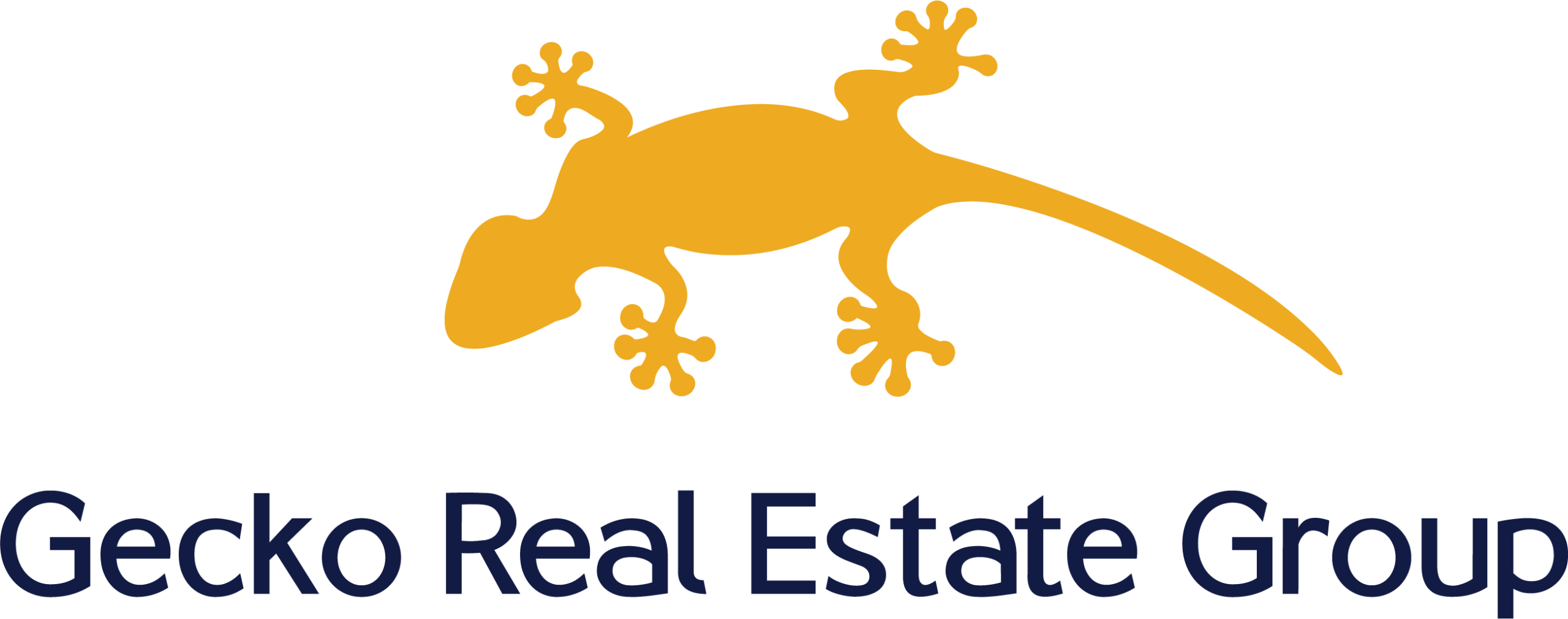
Leave A Comment
You must be <a href="https://mexicocustomhomes.com/wp-login.php?redirect_to=https%3A%2F%2Fmexicocustomhomes.com%2Fconstruction-costs-factors-mexico">logged in</a> to post a comment.